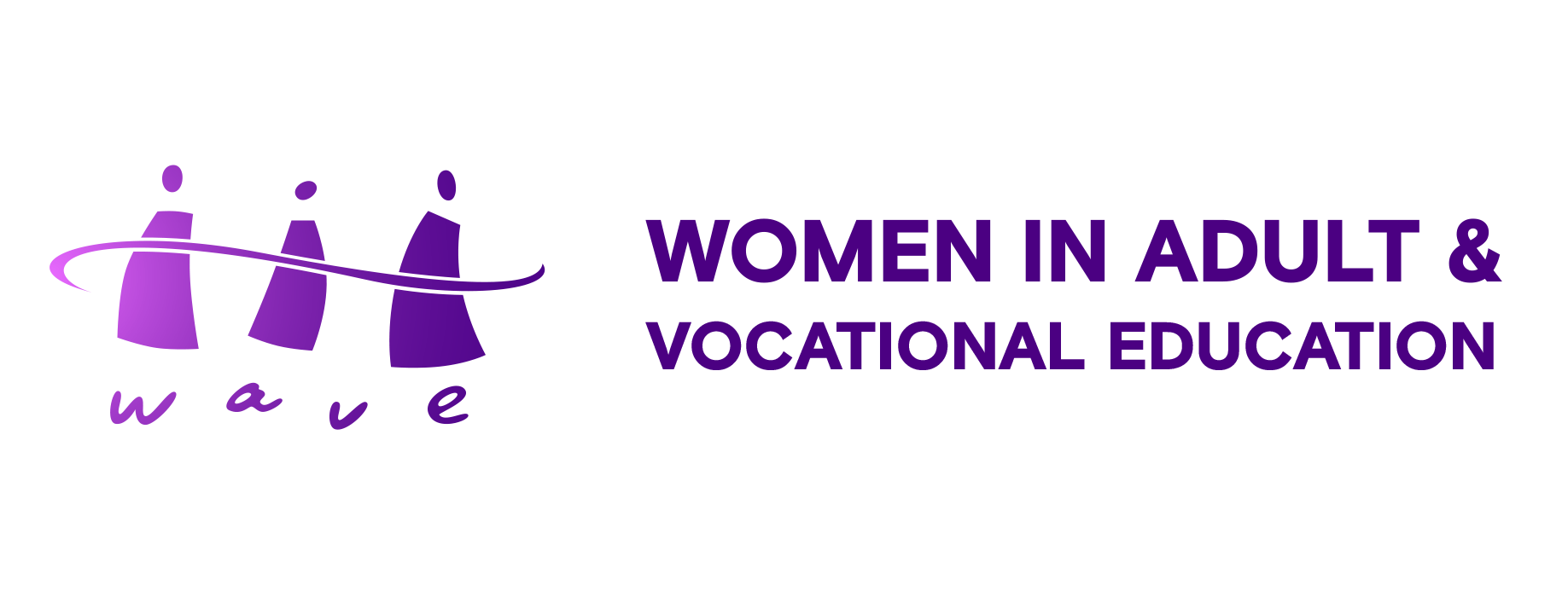
01 Jun Transforming Education Through a Gendered Lens: Insights from Our Recent Webinar
Promoting gender equity in vocational education and training (VET) is a vital part of the larger effort to address gender disparities in our skills policy and practice. To achieve this, we need to focus on learners' needs, design inclusive learning programs, adopt teaching methods that challenge gender roles, and collaborate with industry partners in a way that is beneficial to advancing equitable workplaces and outcomes. Educators also need to take time to reflect on their own practice and value the role that they plan in creating equitable learning outcomes, and indeed, their role in preventing it.
As part of its work to advocate for transformative change across Australia’s VET and Adult Education systems, WAVE recently designed and delivered a webinar on gender and pedagogy. Drawing on evidence, research and practice from both education and gender equality subjects, the webinar sought to outline the key points of action if educators, education managers and training providers are going to be a part of the change process.
Using the gender lens to advance learning is not regularly considered as a strategy to improve learning outcomes but in fact, the act of enabling equitable learning environments through our delivery, our design, our assessment and our support, raises the relevance of outcomes in classrooms to the real world in which our students will not only work and learn, but also where they will live their full lives.
At its foundation, addressing gender inequity starts with self and for individuals to be conscious of the role that they play in advancing equity and indeed, contributing to inequity. This results in educators who continuously improve learning strategies to ensure that they are aligned with progressive pedagogy and responsiveness to students' evolving needs. Regular feedback from students and community members is essential for sustained progress.
Firstly, educators must reflect on their own biases and privileges to create a transformative classroom environment. Key to this is understanding learners' diverse perspectives and challenges through effective needs assessments ensures that all genders, especially those from marginalized groups, have a say in shaping the curriculum.
Developing a curriculum that challenges traditional gender narratives and integrates progressive ideas fosters an inclusive learning environment that encourages students to resist oppression is another crucial action to address gender inequity. Teaching strategies that emphasise open dialogue, inquiry, and critical thinking empower students to question and break free from restrictive gender roles, making education a tool for liberation.
When we think about ways to address inequity in assessment, using reflective and formative assessments support continuous learning and self-awareness about gender dynamics. Providing constructive feedback enhances students' understanding of course content and its implications for gender issues, leading to a more equitable educational experience.
Core to the structure of our VET system is partnership with industry. Training providers can collaborate with industry partners that are committed to challenging gender norms and to providing students with opportunities to do work that improves the workplace (e.g. addressing OH&S risk, improving ways of working for greater workplace diversity). In this way, industry can be a part of a learning process that prepared our future leaders and workers to be a part of the work to transform workplace cultures.
For some, the points made here may seem like a pipe dream – particularly in an environment where so many educators do not feel in control of the work that they can do to design and deliver relevant learning programs. Delivering a sense of educator autonomy so that they are empowered to create equitable learning environments that are responsive to diverse experiences is core to VET and adult education and part of broader change that is required.
However, for this article, and recognising that it is one part of a broader strategy to achieve a gender equal VET and education system, addressing gendered pedagogy in VET can make significant progress towards a more equitable and inclusive VET system.
You can view the Pedagogy and Gender Lunchbox Webinar here.
Kit McMahon
Co-Convener Women in Adult and Vocational Education


